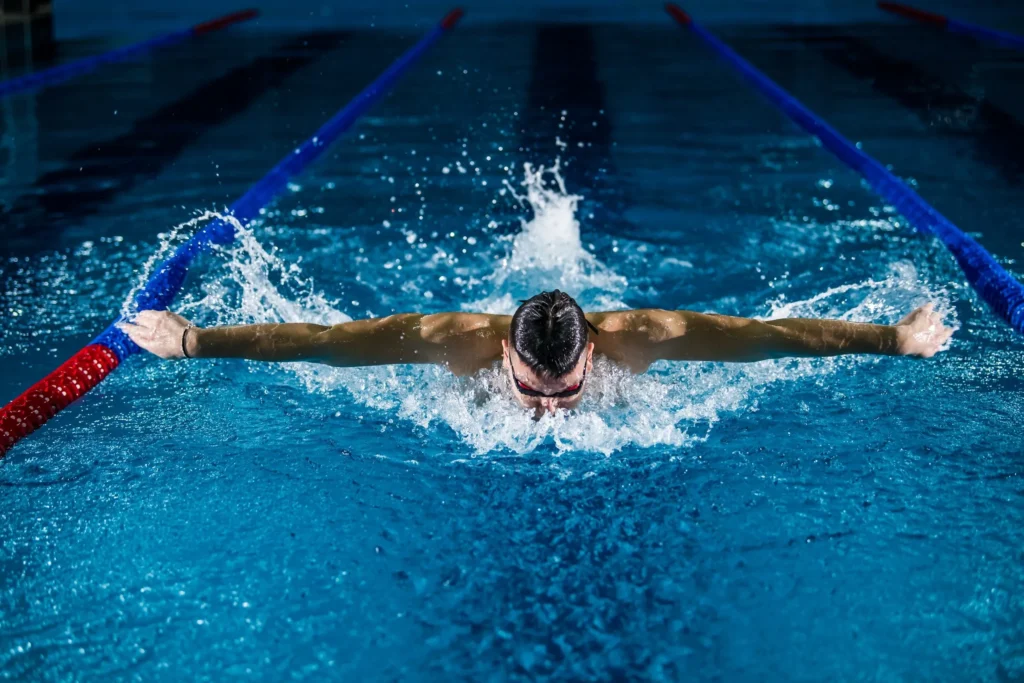It’s the time of year where you think about getting into shape and running around while thinking that a swimsuit would be an attractive addition to your wardrobe. But many people don’t realise that our feet are just as important for swimming as they are for running and other non-aquatic activities. And foot injury and infection are more common than you might expect.
Aches, Pains and Cramps
There are many foot pains and injuries that athletes face. Swimmers and athletes are at greater risk for cramps, which can happen suddenly and without warning. They can break your laps and cause intense pain. Swimmers should pay attention to diet and nutrition. They could be getting cramps from overuse, dehydration, or electrolyte deficiency.
To avoid aches and pains from overuse and injury, keep the following in mind:
- Stretching is an important part of any workout routine. After any strenuous exercise, your muscles are tense and stiff. That’s why stretching is so important- it helps loosen your muscles and reduce soreness after you finish exercising.
- The form you take when you kick is important. It can cause injuries to the foot and ankle, leading to tendonitis. Be sure to keep your foot flexible and avoid rigidly pointing your toes. Kick by utilising your hips and allow your knees to bend.
- Technique is everything. For long-distance swimmers, particularly, who use the flip-turn technique, the execution of it is essential. Executing this technique poorly can lead to heel pain, ankle bruises, and even sprains.
Infection
Pools are a warm, wet environment and as such, they can breed fungus and bacteria. This is why pools are the perfect breeding ground for diseases such as athlete’s foot and toenail fungus. Be sure to bring a pair of shoes with you whenever you go poolside. You can also keep a fresh pair of flip-flops or pool socks on hand to slip on anytime you step out of the water. After swimming, be sure to wash your feet to prevent any contamination.
Slips & Falls
Any seasoned swimmer knows that one of the most dangerous parts of the pool is just outside of it. If you fall, you risk more than scrapes and bruises. Broken bones, concussions, and even drowning are all possible if you fall.
Whenever possible, use handrails in pools. And don’t race to the water. Bare feet and wet surfaces don’t make a safe pair. Your podiatrist can recommend waterproof socks if you need more traction. But no matter what, walk carefully and slowly: the water is slippery and the ground underfoot is not pleasant either.
Swimming is an excellent exercise for your entire body, but if you’re not careful, you can wind up with injuries. See a podiatrist if your foot pain happens only after you swim and doesn’t get better in a couple of days.


